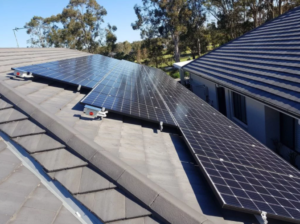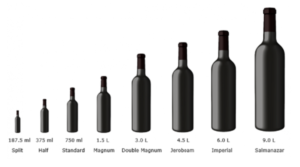Security systems for home
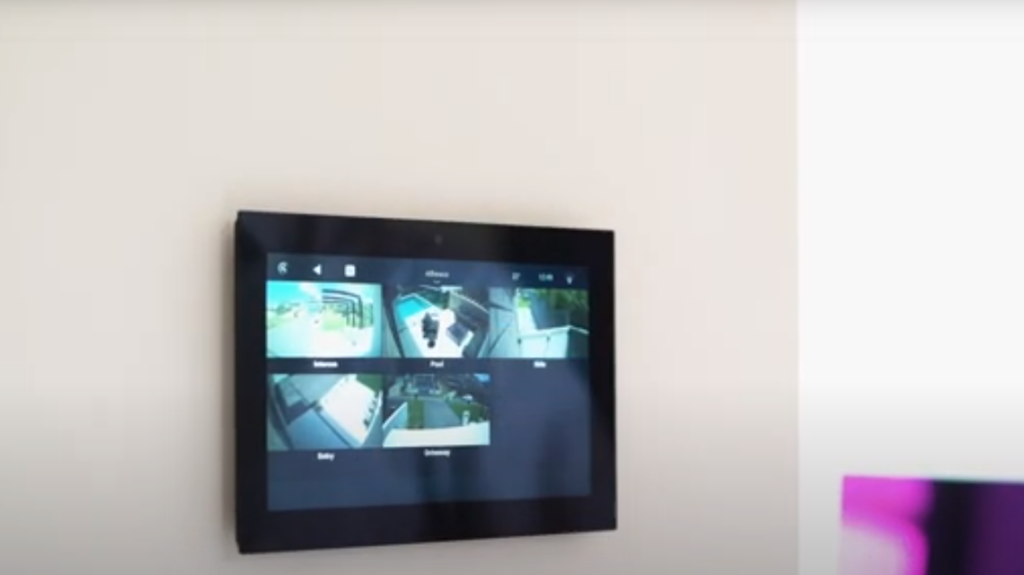
A reliable way to ensure the safety of your home is to install security systems. And if in the apartment only one of its types is mainly used – protection against intrusion, then in a private house the security system can include various subsystems: monitoring the approaches and entrances to the building, perimeter security, security of internal premises.
There are four main types of security systems:
SOTS – security and alarm system. When entering a room, alarm sensors are triggered, and a signal is sent to the security systems console. This is the most common type of security systems for apartments and offices in multi-story buildings.
ACS is an access control and management system. With its help, you can control locks, external gate drives, control access to rooms where the entrance of strangers is undesirable.
SOVN is a video surveillance system carried out using special cameras.
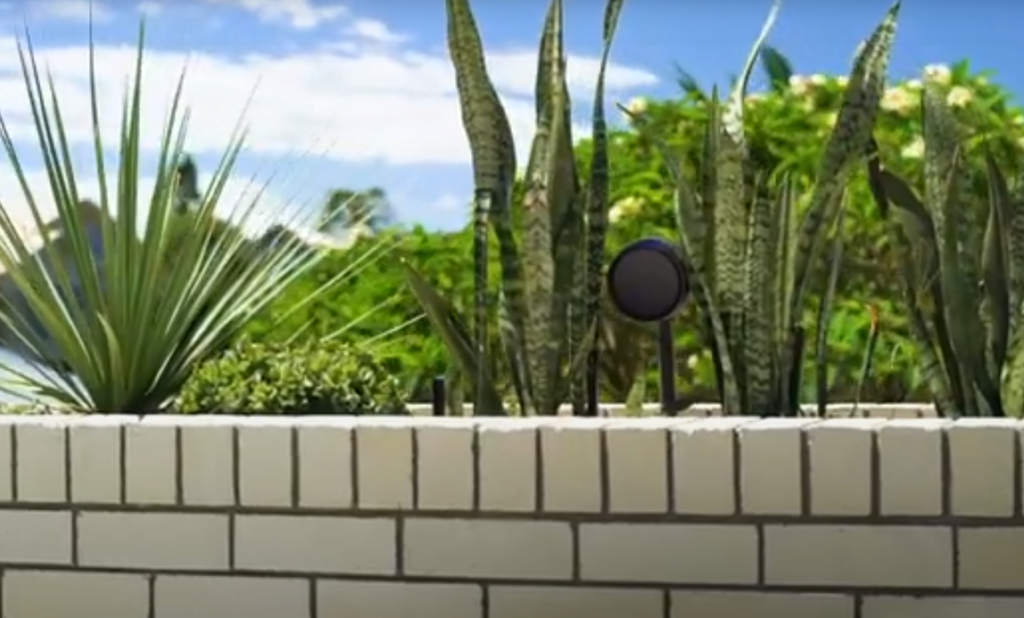
SITU is a system of engineering and technical fortification. This includes, among other things, the height of the fence, the strength of windows and gates, the reliability of door locks, the presence of a bunker or secret fortified rooms – everything that can make it difficult for intruders to access the premises.
“Smart home” is a technology for controlling all security systems using one device.
Let’s talk about each of the types in more detail.
Security and alarm system
With the help of the security and alarm system, it is possible to carry out round-the-clock control over any object – an apartment, a cottage, an office, a warehouse, etc. SOTS is a reliable way to protect a protected object from intrusion.
SOTS is divided into two types:
Passive security systems or alarm systems. In case of an unauthorized intrusion into the protected area, a light and sound alarm is sent. At the same time, neither the security systems console nor the owner receives an alarm signal. The system is designed only for the psychological impact on criminals, which may not always be effective.
Active SOTS. In this case, the guarded object is equipped with sensors that send an alarm signal to the control panel, and from there to the console of a specialized security systems organization. Such a remote control is capable of receiving signals from several objects at once. After receiving the signal, the security systems structure arrives at the site of the alleged penetration as soon as possible. The console security systems also have a so-called panic button, when pressed, the signal also goes to the control panel. Such buttons are installed in banks, shops to protect against robberies.
A typical SOTS consists of several elements:
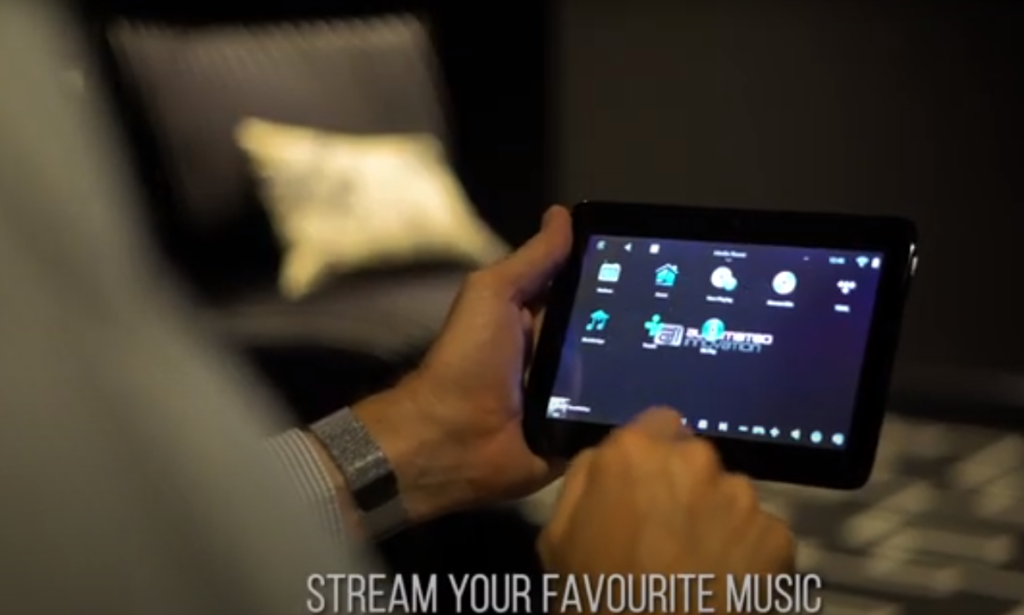
Central receiving and control device that receives signals from sensors;
sensors, or detectors;
warning devices – radio and GSM transmitters, light and sound devices;
Remote Control;
device for monitoring the state of detectors and cable lines in the SOTS;
power source – blocks and converters that ensure uninterrupted operation of the COTS even when disconnected from the main power supply system.
Sensors are one of the main elements of the COTS. They are responsible for the prompt response of the system to an intrusion, so let’s talk about them in more detail.
Infrared motion detectors react to any movement within the monitored object. Some models are capable of sending a signal to turn on security systems like cameras. The sensor consists of a special infrared transmitter and a receiver, which reacts to the disappearance of the signal if a certain optical axis is blocked by an intruder. By the way, if there is a pet in the house, it is recommended to install a special sensor, otherwise, the security systems will come every time as soon as the pet enters its field of action.
A capacitive sensor creates a field with a certain capacity in the protected object. When any object hits the field, the field capacity changes, triggering an alarm.
Wirewave sensors also work , generating an electromagnetic field between the two zones. The devices are triggered when this field is crossed. Radiobeam, radio wave and passive IR sensors also react to movement .
Vibration sensors send a signal to the control panel when vibration occurs: for example when you try to break through a wall or open a safe when a window is broken. The acoustic sensor reacts to the sound of broken glass, as well as to any other loud sound. Magnetic contact sensors are triggered when trying to open windows or doors.
Usually, several types of security detectors are installed in SOTS at once in order to provide reliable protection against all types of intrusion.
Access control and management system
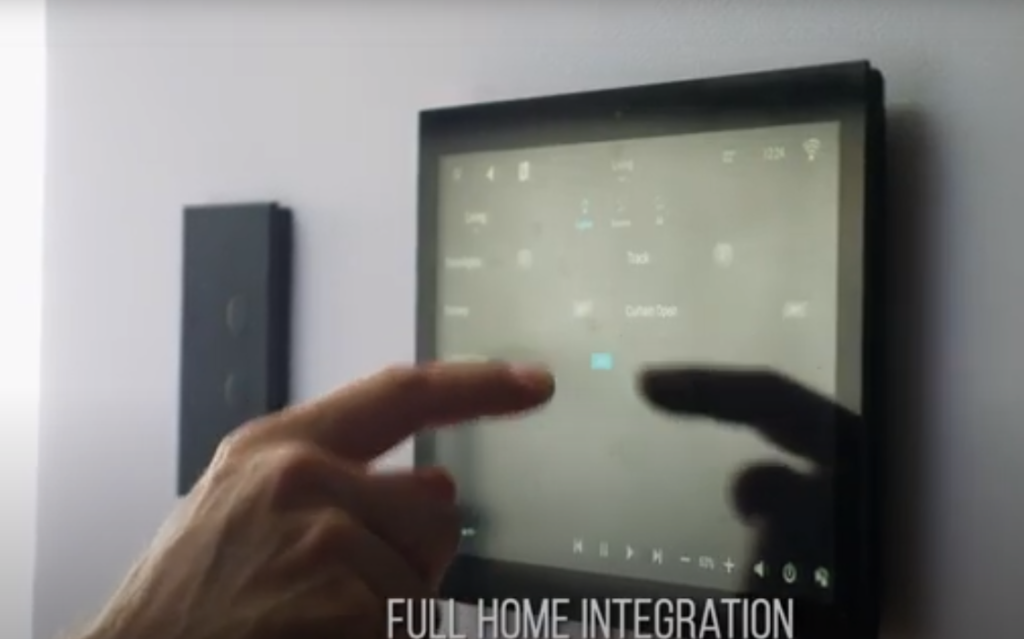
Modern automated access control systems are designed to protect against unauthorized access to premises or certain areas and to identify persons who have the right to access. The most familiar device of this type to the common man is the intercom, which restricts the right of access to the entrance of an apartment building to those who do not have an electronic key such as Touch Memory.
ACS consists of several main elements: controller, reader, identifier and actuator. The controller stores all information about configuration, system operation mode, access rights, etc. The reader receives the information recorded on the identifier and transfers it to the controller for processing. An identifier can be an electronic key, an access card, and recently biometric ACS terminals have appeared that identify a person by fingerprints or the iris of the eye.
After identification from the controller, a command is sent to the executive device – to allow admission or not. Actuators are locks, turnstiles, gate drives, barriers, that is, everything that is a physical obstacle to unauthorized access.
CCTV security systems
A video surveillance system, or IDS, involves monitoring an object using video cameras. Moreover, you can simultaneously observe several points: for example, the main and additional entrances to the house, gates, perimeter, separate rooms. The main task of the IDS is to ensure the safety of the facility precisely through visual observation and obtaining visual information about the situation at the facility. In addition to current information, IDS makes it possible to analyze events that have already occurred, since all information from cameras is usually recorded and can be viewed at any time.
Today there are several types of video surveillance – home, outdoor, hidden. By the method of signal processing, the systems are divided into analog, combined, and digital. The latter is the most advanced and in-demand since they provide high image quality, high-speed access to the archive, the ability to remotely view and integrate with other security systems.
By the method of video signal transmission, IDS can be wired or wireless. Wireless systems can be installed in the most inaccessible places, but wired systems are more reliable and cheaper.
IDS cameras are also subdivided into types depending on a wide variety of technical characteristics. The two largest categories are digital and analog cameras. Digital, or IP cameras, use a digital signal in their work, they are easy enough to integrate into the network, so digital video surveillance can be easily scaled if necessary. The resolution in digital cameras is much higher than in analog cameras, but sometimes a high resolution is simply not needed, especially since it requires capacious data storage systems.
In addition, IDS chambers can be external and internal – the place of their installation depends on the type. By design features, cameras can be divided into the box-type, modular, dome, miniature, and video peepholes.



